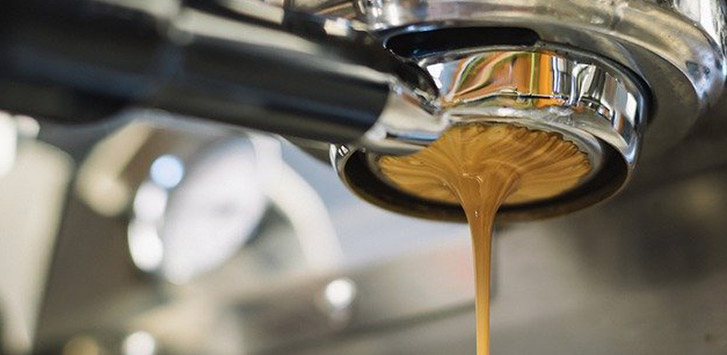
People are often intimidated by the thought of making an espresso at home – immediately a barrage of self-doubt fueled paranoia forms and you may be whispering to yourself that “I’m not a barista” or “don’t I need an espresso machine?”. Fear not, a shot of espresso can be made at home, without requiring a trip to the local coffee café, saving you both money (in the long run) and honing your coffee-making skills.
Defining Espresso
So, what exactly is espresso though? Like all good things, baristas and coffee lovers know what espresso is not.
Put simply espresso is a highly concentrated coffee beverage made from only coffee and water. Espresso is created by forcing hot water, under great pressure, through finely-ground coffee in a very short period of time.
We can side-step the nitty-gritty of the heated debates over variances in water temperature, water quality, grams of coffee to use, and the correct amount of pressure will only get us lost in the minutiae rather than getting down to the business of brewing espresso. The two most important things to take into consideration when making homemade espresso are this; roasting profile and grind size (and great coffee beans). That is it!
Espresso Roasting and Roast Profile
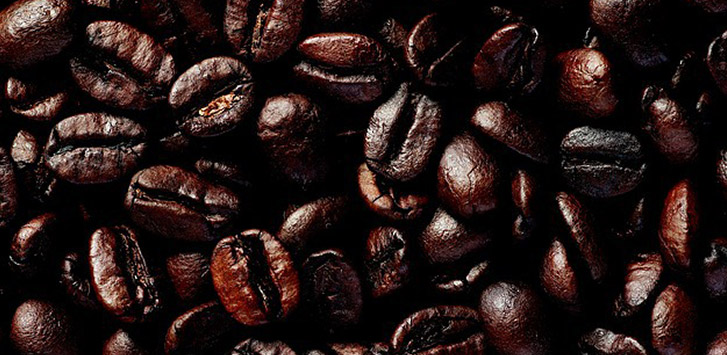
Fresh is best and coffee beans that have been recently roasted are the ideal to be used. So be sure to roast your good coffee beans a few days ahead of time to allow them to properly degas before grinding. Storing your coffee in either a valved bag or a similar container in a cool dark place before use will help maintain its shelf life and keep the flavor profile of the bean intact.
Another important piece of information to keep in mind when creating a great homemade espresso is that coffee used in making espresso tend to prefer a dark to medium-dark roast so it’s best to either use a single-origin coffee that prefers these roast profiles like Sumatrans, Ethiopians, or Colombian coffee beans, however, blends can also be used if you would prefer. And if you’re daring you could go as far as creating your own coffee blend to really make a fully bespoke cup of espresso.
Espresso Grind Size
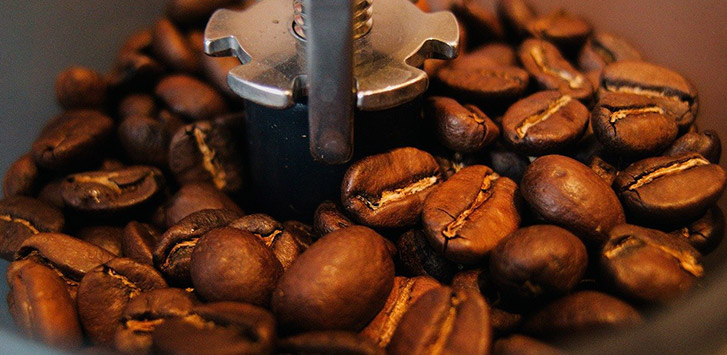
Grinding the beans is especially important as it directly affects the rate of flavor extraction. In short, the finer the grind size, the quicker this process happens. In the coffee industry, grinding your coffee beans to what is considered either a fine grind or an extra-fine grind will be required and usually this type of coffee grind is preferred when using an espresso maker. To ensure you have a proper grind size, its best practice to use a conical burr grinder.
Assuming you do not have espresso maker handy, a coarse grind coffee will suffice for the three brewing methods that we will outline later. Because of differences in coffee grind size, if you find your espresso either too bitter you can try again with a coarser grind, and if your espresso is a bit too acidic try grinding your coffee beans a bit finer. Part of the fun is experimenting and figuring out how to create your homemade espresso.
Items You Will Need
After you have roasted your coffee beans properly and have ground them as well you will two additional pieces of equipment to ensure that you achieve maximum results…
- An electric kettle with temperature control. Having a degree of control over the water temperature allows you to more accurately dial in optimal temperatures to prevent risking over extracting or under extracting your coffee beans.
- A kitchen timer or you can use the timer on your cell phone. This removes the unneeded guesswork when trying to figure out how long to leave the coffee grounds to brew for.
Three Methods for Making Espresso at Home
Unlike more common coffee brewing methods, the key to creating a good espresso is all about leveraging as much pressure as possible, so without having an espresso maker handy, there are three different coffee brewing methods at our disposal in order to achieve this.
The AeroPress Method
The AeroPress is an ideal coffee brewing machine that can approximate espresso. That being said the coffee’s texture may differ, however, the caffeine content and flavor profile align closely with that of a traditional espresso machine.
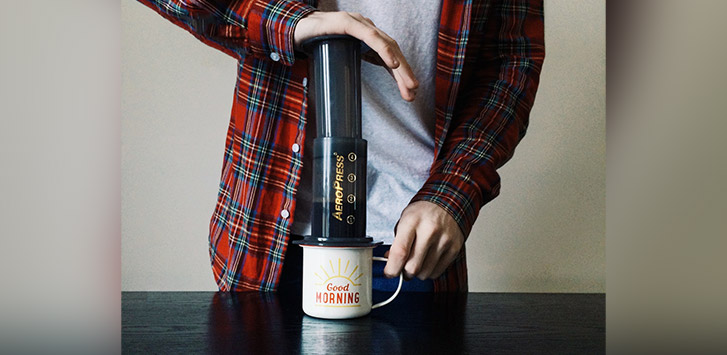
Step One
Stack your AeroPress. After placing your filter (if possible) use more than one drain cap to slow the flow of water. Lightly rinse your filter and place your drain cap along with the filter inside the compartment of the AeroPress. Place the AeroPress on a stable cup or similar coffee mug.
Step Two
Grind about two tablespoons of your roasted coffee to about a fine grind size. After grinding, place the coffee ground to your AeroPress filter.
Step Three
Add approximately 3- and one-half fluid ounces of water that’s been heated to 200 degrees Fahrenheit (93 degrees Celsius). Stir the coffee and press hard down on the AeroPress plunger (remember that pressure is key!)
The Moka Pot Method
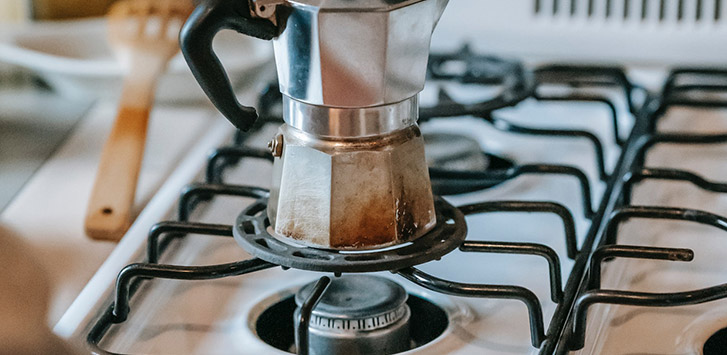
The Moka Pot is like the Swiss army knife of coffee brewers. This kettle is so handy in so many situations and making an espresso is just another one of those situations. While using this method is not the most ideal, you’ll still be guaranteed an espresso-like pour!
Step One
Finely grind two tablespoons (20-20 grams) of your roasted coffee.
Step Two
Pour 3- and one-half fluid ounces of 200F water in the Moka Pot and pour your coffee grounds into the built-in filter. Shake the pot to settle the coffee grounds to the bottom. After that, screw the lid back on and place your Moka Pot on a stove-top burner with medium heat.
Step Three
Like waiting for a tea kettle to whistle, wait until your coffee begins to seep and foam up into the upper level of the Moka Pot. The hot water will create the pressure needed for a concentrated coffee shot like espresso. After the top of the Moka Pot is filled with your coffee, pour into your coffee mug.
The French Press Method
Without trying to assume anything, more serious coffee enthusiasts should have the ubiquitous French Press. This method is perhaps the “least far” from what an espresso is and because of this fact, this method is third of our list because it lacks the concentrated caffeine amounts and will come out slightly oily. As such, we recommend this method as the absolute last resort to making a homemade espresso.
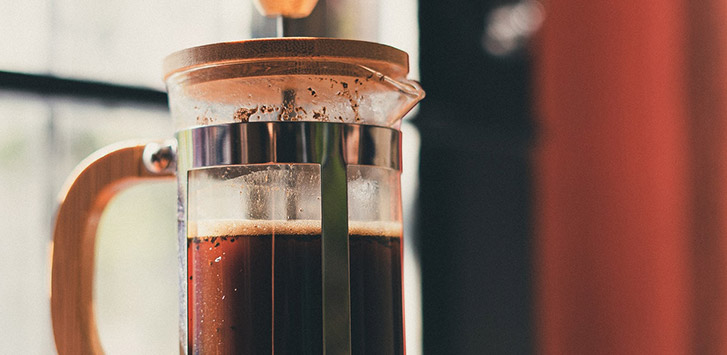
Step One
Grind at minimum two tablespoons of your roasted CBC coffee beans, the reason being is that unlike the AeroPress and Moka Pot, the French Press method will not create the necessary froth and adding some richness to the brew.
Step Two
Heat a cup of water to 200F and while that is happening, add your coffee grounds to your French Press.
Step Three
Add a splash hot water and allow the coffee to bloom for about 30 seconds.
Step Four
Add the rest of the hot water and steep your coffee grounds for about four minutes.
Step Five
Press down the plunger slowly with even pressure. Pour out the “espresso” in your favorite coffee cup and enjoy!
Final Thoughts
As you can see espresso-making is both art and science. Essentials such as water temperature, the quality of the coffee bean, and grind size are important factors to take into consideration, and it may take a bit of time and experimentation to achieve the results you are looking for when using these alternative methods for making espresso at home.
The upside of trying these methods is a financial one as all these coffee makers will cost way less than a traditional espresso machine and who does not love saving money! These methods are just as efficient in making a concentrated coffee shot to start your day.
Hopefully, these tips and tricks can be used to help you further develop your coffee brewing skills and give you a greater appreciation at the amount of effort, care, and dedication is behind creating an espresso, whether it’s from a coffee shop or homemade.